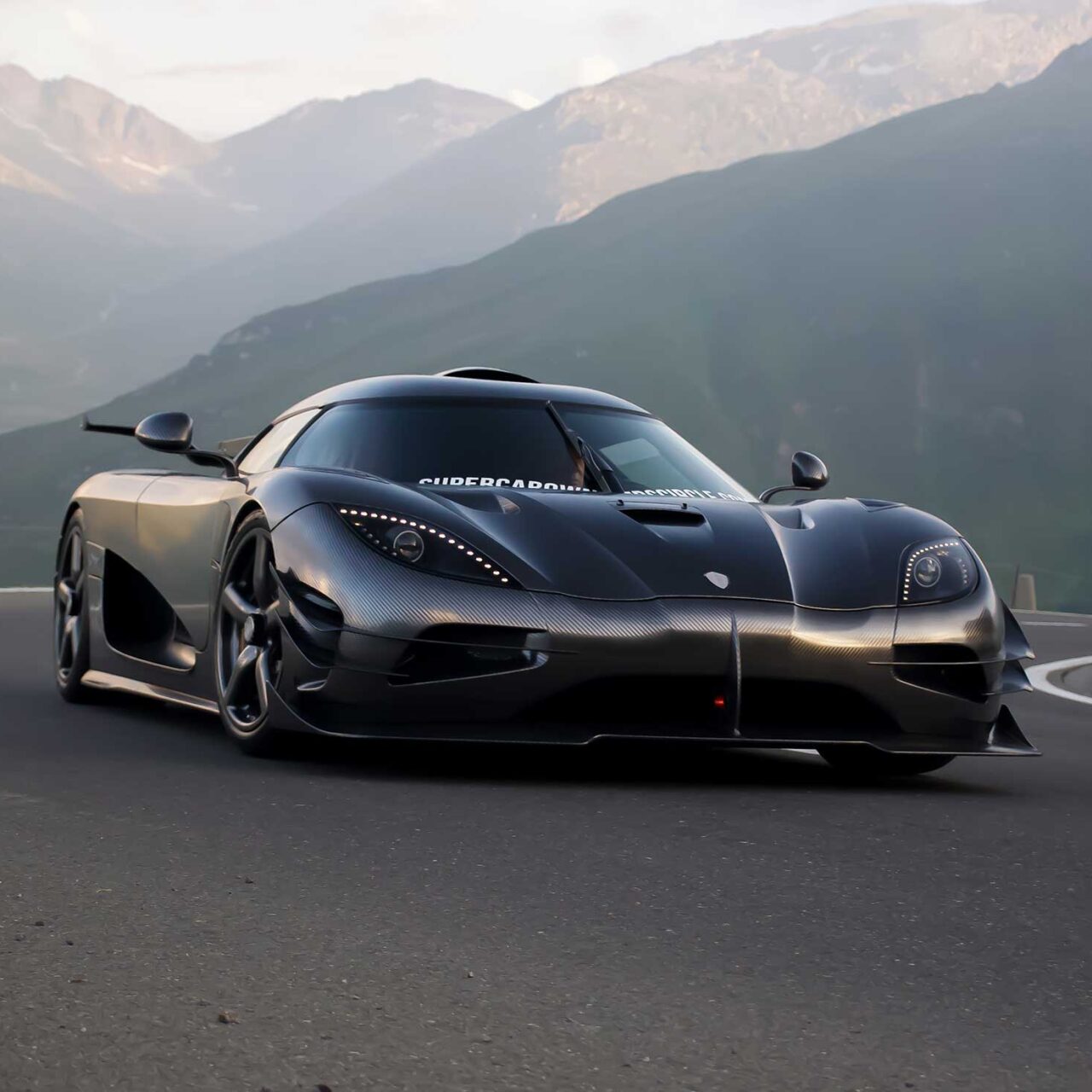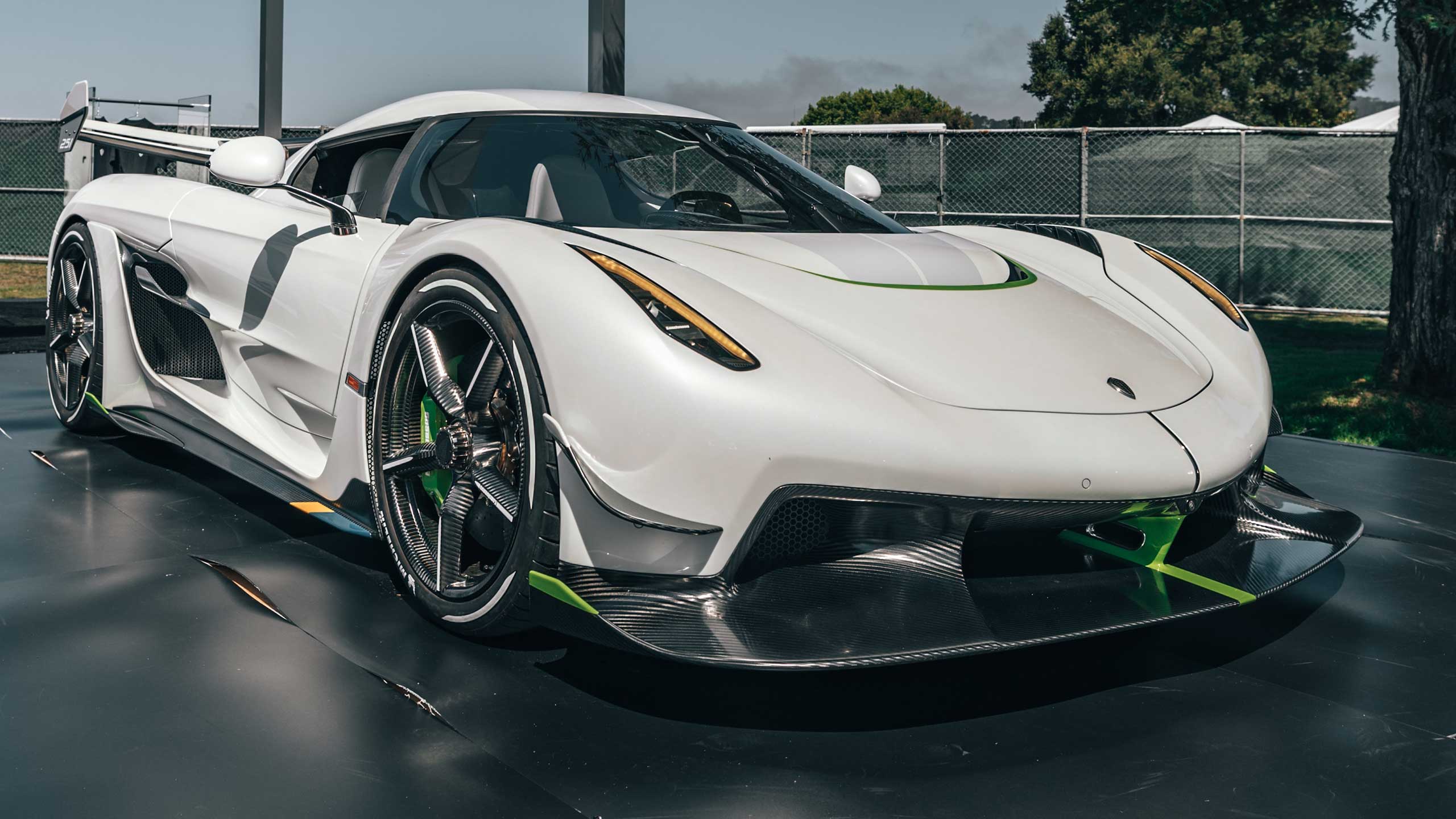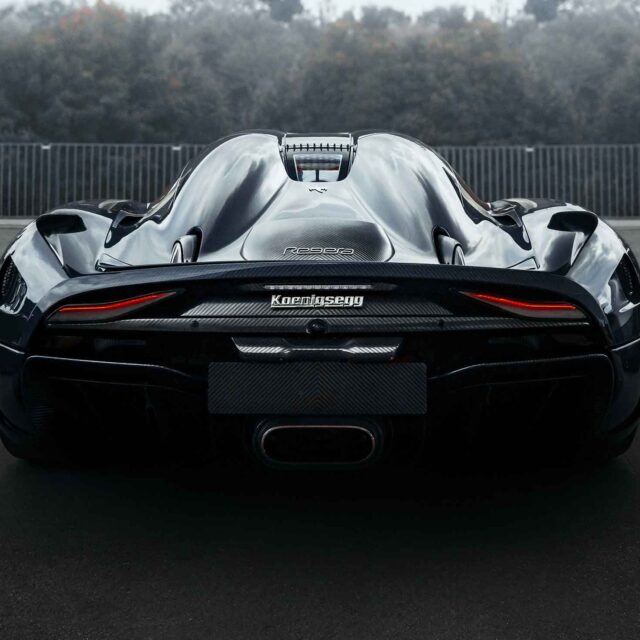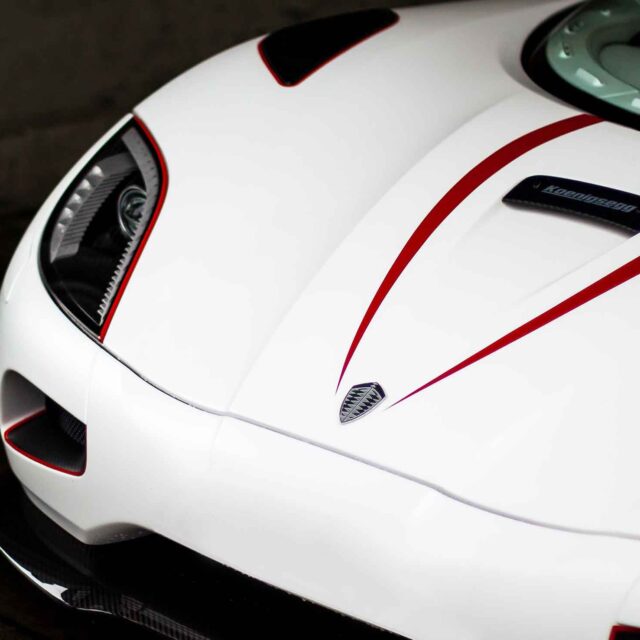Christian von Koenigsegg created the firm in 1994 to produce a “world-class” sports automobile. The CC8S was the company’s first street-legal production automobile, released in 2002.
He acquired the notion to create his own automobile after watching Pinchcliffe Grand Prix movie as a child. In his early 20s, he founded Alpraaz in Stockholm, Sweden. Alpraaz sent European food to poor nations. Von Koenigsegg launched his career as a vehicle maker after the success of this endeavour.
Koenigsegg was founded in Olofström. In 1997, the firm moved to a farm outside ngelholm for more space. One of the industrial buildings burned on 22 February 2003. In 2003, Koenigsegg transformed one of two fighter-jet hangars and an office building into a vehicle manufacturing. Since then, customers can arrive via private jet at the still active ngelholm airport. Koenigsegg uses the former military runway for high-speed testing and shakedown runs.
Jacob Laftman developed the Koenigsegg emblem in 1994 based on the family crest. Since 12th-century Germany’s Holy Roman Empire knighted a family member, the shield has been the family crest.
Koenigsegg borrowed the “ghost emblem” that the Swedish air force’s “Johan Röd” squadron had on its Saab AJS37 Viggens aircraft as a homage to the squadron. The squadron also had the English motto “The show must go on” on their planes. The insignia appears on models made at a hangar-turned-factory.
Koenigsegg began making the CCX in 2006, using an in-house engine. The objective was to create an automobile that could be used worldwide, especially in the US, where severe rules prevented the import of older versions.
The CCXR was named one of Forbes’ “most attractive automobiles” in March 2009. In 2010 BBC’s Top Gear Hypercar of the Year was the Agera.
Koenigsegg also developed “green technology” starting with the CCXR (“Flower Power”) flex-fuel sports vehicle and continuing with the Jesko.
With plug-in electric automobiles and next generation reciprocating engines in mind, Koenigsegg’s camless piston engine debuted in the 2020 Gemera.
Koenigsegg designs and produces most automobile systems, subsystems, and components in-house. They sold a 20% ownership in the firm to National Electric Vehicle Sweden (NEVS) for $171 million in January 2019.
On 12 June 2009, media reported that Koenigsegg Group, consisting of Koenigsegg Automotive AB, Christian von Koenigsegg, Bard Eker, and a group of investors chaired by Mark Bishop, signed a letter of intent with Saab to take over the brand from GM. GM confirmed on June 16 that Koenigsegg Group would purchase Saab. The 30 September 2009 agreement comprised US$600 million in EIB finance guaranteed by Sweden. Koenigsegg, with 45 employees, manufactured 18 vehicles for $1 million apiece in 2008; Saab made almost 93,000 automobiles.
General Motors announced the transaction on 18 August, but finance specifics remained. Koenigsegg disclosed BAIC’s minority shareholding on 9 September 2009. Koenigsegg walked away from Saab discussions in November 2009 due to scheduling uncertainties of the takeover.
The entire carbon fibre production prototype was shown during the 2000 Paris Motor Show. The first CC8S was delivered at the Geneva Auto Show in 2002, and four more were constructed that year. Later that year, Koenigsegg debuted at the Seoul Auto Show. Only fourteen of the 2004 CCR, a high-performance CC8S version, were built.
Koenigsegg debuted the CCX in 2006 as a road-legal vehicle. Koenigsegg had to create their own engines and other technology to fulfil the current safety and environmental criteria. Koenigsegg is the only low-volume sports car maker to pass European pedestrian impact tests. After Koenigsegg passed the test, the requirement was judged too onerous for low-volume producers, therefore it is now unnecessary to follow these standards if a model produces less than 10,000 vehicles yearly.
The company introduced the biofuel/flex-fuel CCXR in 2007. The car’s engine, fuel system, and engine management system are changed to run on gasoline, ethanol, or any blend of the two. Ethanol’s higher-octane rating and combustion chamber cooling impact boost performance.
In 2009 details were revealed about the Trevita, which translates into English as “three whites”, but only two were finished owing to technical issues. The Trevita’s body is comprised of diamond-coated carbon fibre, Koenigsegg’s unique material. The CCXR-based Trevita has 1,032 PS (759 kW; 1,018 horsepower) while operating on biofuel.
Koenigsegg announced a new vehicle dubbed Agera, which translates into English as “take action/act” at the 2010 Geneva Motor Show. Koenigsegg’s 5.0-liter V8 engine produces 973 PS (716 kW; 960 hp) and is connected to a 7-speed dual clutch gearbox. The Agera’s design follows a clear lineage from previous Koenigsegg sports cars, but adds many new features, such as a wider front track, new styling and aerodynamic features, and a new interior; including a new lighting technique called “Ghost Light” by the manufacturer, which consists of microscopic holes to hide the interior lighting until it is turned on, which then shines through what appears to be solid aluminium. Two of the three final edition Agera’s were delivered in July 2018 after eight years of manufacture.
At the 2015 Geneva Motor Show Koenigsegg introduced the Regera, which means “reign” or “rule”. The Regera utilises KDD. Below 48 km/h (30 mph), the internal combustion engine (ICE) is disengaged. Above 48 km/h (30 mph), the ICE is coupled by a fixed-ratio transmission with no gearbox, torque vectoring by electric motors, and a driveshaft-mounted electric motor.
Koenigsegg’s powerplant used a Ford Racing V8 block. Initial CC automobiles had these engines. Koenigsegg’s 4.8 L (4,800 cc) V8 in the CCX (Competition Coupe Ten) was cast by Grainger & Worrall of the UK, who also cast the Agera’s 5.0-liter block.
Koenigsegg showed potential Australian consumers the Agera successor through VR. Company released teaser sketches simultaneously. The vehicle was rumoured to be called “Ragnarök,” however the 2019 Geneva Motor Show confirmed the name to be Jesko, after the founder’s father.
The Jesko utilises a derivative of the Agera’s 5.0-liter V8 engine, which produces 1,298 PS (955 kW; 1,280 horsepower) on regular gasoline and 1,625 PS (1,195 kW; 1,603 hp) and 1,500 Nm (1,106 lb ft) of torque at 5,100 rpm on E85 biofuel.
The engine is paired with a 9-speed multi-clutch gearbox named “Light Speed Transmission” (LST). This transmission prioritises rapid shifts. The vehicle will be available in track-focused or low-drag, high-speed Absolut versions.
The Gemera debuted online on March 3, 2020. It is due in 2022. Three hundred units are available. Koenigsegg’s first four-seater. Koenigsegg TFG powers the vehicle (Tiny Friendly Giant). Full-length Koenigsegg Automated Twisted Synchrohelix Actuation Doors (KATSAD)
On 28 February 2005 at 12:08 local time in Nard, Italy, the CCR broke the Guinness World Record for the fastest production car in the world, reaching 387.866 km/h (241.009 mph) on the Nard Ring (a 7.8 mi (12.6 km) round circuit). It retained the record until September 2005, when the Bugatti Veyron smashed it by reaching 408.47 km/h (253.81 mph). Both marks were established at Volkswagen’s Ehra-Lessien test track, which has a 9.0 km straight.
The 2008 0–300–0 km/h (0–186–0 mph) test for production automobiles was won by the CCX in 29.2 seconds. 0–200 km/h in 9.3 seconds.
In September 2011, the Agera R broke the 0–300 km/h and 0-300-0 km/h Guinness World Records. Koenigsegg’s One:1 broke the record on June 8, 2015. It reached 0–300 km/h in 11.92 seconds and 0-300-0 km/h in 17.95 seconds (a 3.24 sec increase over the 2011 Koenigsegg Agera R record), and 0–322 km/h (0–200 mph) in 14.328 seconds and 0-322-0 km/h in 20.71 seconds.
The 2018 NAIAS Agera RS World Record Car
An Agera RS achieved an unofficial 0–400–0 km/h record in 36.44 seconds on October 1, 2017. The record was established at Denmark’s Vandel Airfield and beat the Bugatti Chiron’s record of 42 seconds. [63]
Koenigsegg test driver Niklas Lilja drove an Agera RS to an average speed of 447.19 km/h (277.87 mph) on November 4, 2017. The record was set on a closed 11-mile (18-kilometer) segment of Nevada State Route 160 in Pahrump, Nevada. On the same day, they broke their 0–400–0 km/h record (33.29 seconds compared to the old record of 36.44 seconds). The automobile reached 457.94 km/h, according to its instruments (284.55 mph). [46] On 23 September 2019, a Koenigsegg Regera ran 0-400-0 km/h in 31.49 seconds. This beat Koenigsegg’s 2017 Agera RS record by 1.8 seconds.






